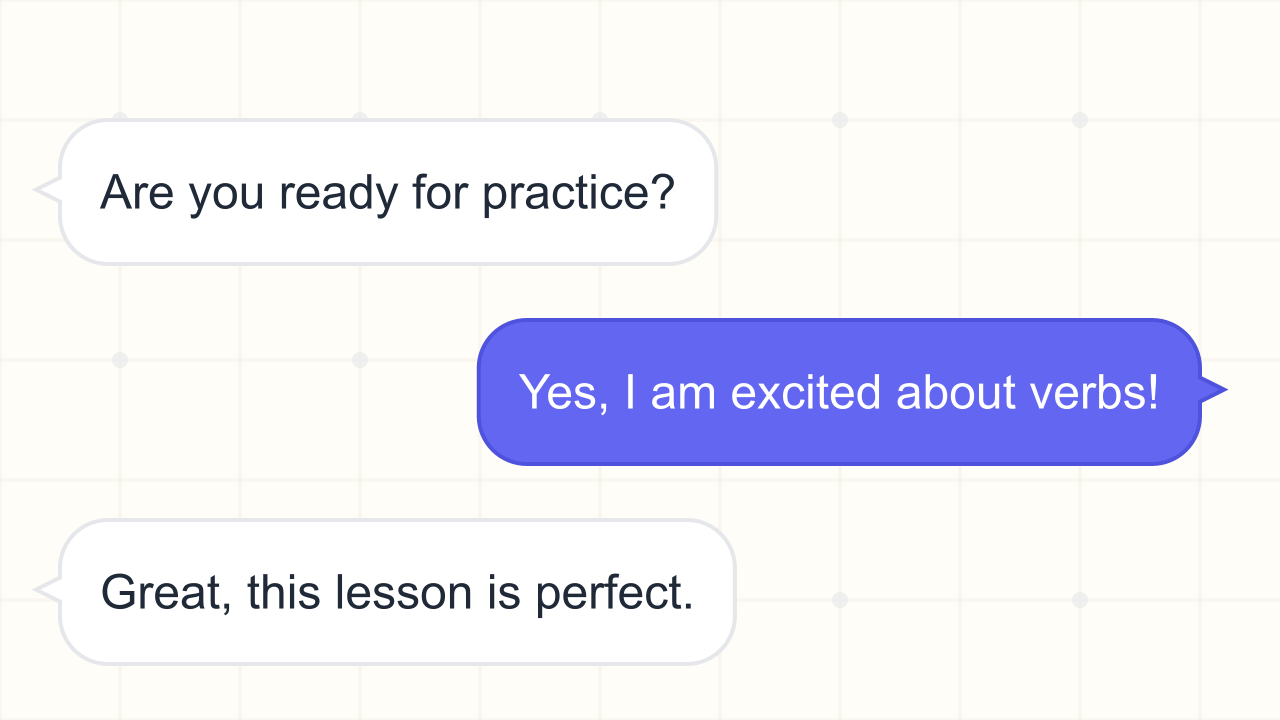Prepositions Part 2 grammar Exercise
Advance your control of English prepositions with multi-step scenarios that require precise choices for direction, time, and placement.
Exercise Guide
How to complete:
Read each paragraph carefully and pick the preposition that fits the blank. Decide whether the sentence highlights position, direction, time, or the relationship between two ideas.
- Identify the verb or noun that the preposition connects to the rest of the sentence.
- Watch for phrases that usually appear together, like "wait on the platform" or "arrive at the airport".
- Compare similar options (into vs. onto, during vs. for) before you make your choice.
Success tips:
- Movement verbs pair with prepositions that show direction: "board onto", "walk through", "climb up".
- Use context to decide between time markers such as "during", "for", "before", and "until".
- Collocations (common word partnerships) often determine the only natural-sounding preposition.
- If two answers seem possible, reread the entire sentence to see which option completes every idea smoothly.
Knowledge:
These exercises build on the first prepositions set by combining multiple actions inside one scene. Each paragraph weaves together location, movement, and timing so you can feel how native speakers switch between prepositions without pausing.
Focus on how tiny shifts in meaning change the correct choice: "toward" indicates direction, while "through" highlights a path, and "under" describes a sheltered position. As you study the explanations, notice which prepositions appear with trains, recipes, travel routines, and collaborative projects so you can reuse the same patterns in new conversations.
Complete the Exercise
Paragraph 1
Paragraph 2
Paragraph 3
Paragraph 4
Paragraph 5
Paragraph 6
Paragraph 7
Paragraph 8
Paragraph 9
Paragraph 10
Paragraph 11
Paragraph 12
Paragraph 13
Paragraph 14
Paragraph 15
Share this exercise
Help others learn grammar by sharing this exercise
Related Exercises

Modal Verbs of Obligation (must, have to, should)
Practise choosing “must”, “have to”, or “should” to express obligation, necessity, and recommendations in real-life contexts.

Modal Verbs of Permission (may, can, could)
Practise choosing “may”, “can”, or “could” to ask for permission, give consent, or describe rules politely.

Modal Verbs of Ability (can, could)
Practise selecting “can” or “could” to express ability, requests, and possibilities in everyday situations.

To Be: Is, Am, Are
Practise choosing the correct form of the verb “to be” — is, am, or are — in present simple sentences about people, places, and things.

Have got vs has got
Practise choosing between "have got" and "has got" to express possession, relationships, and characteristics accurately.